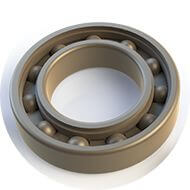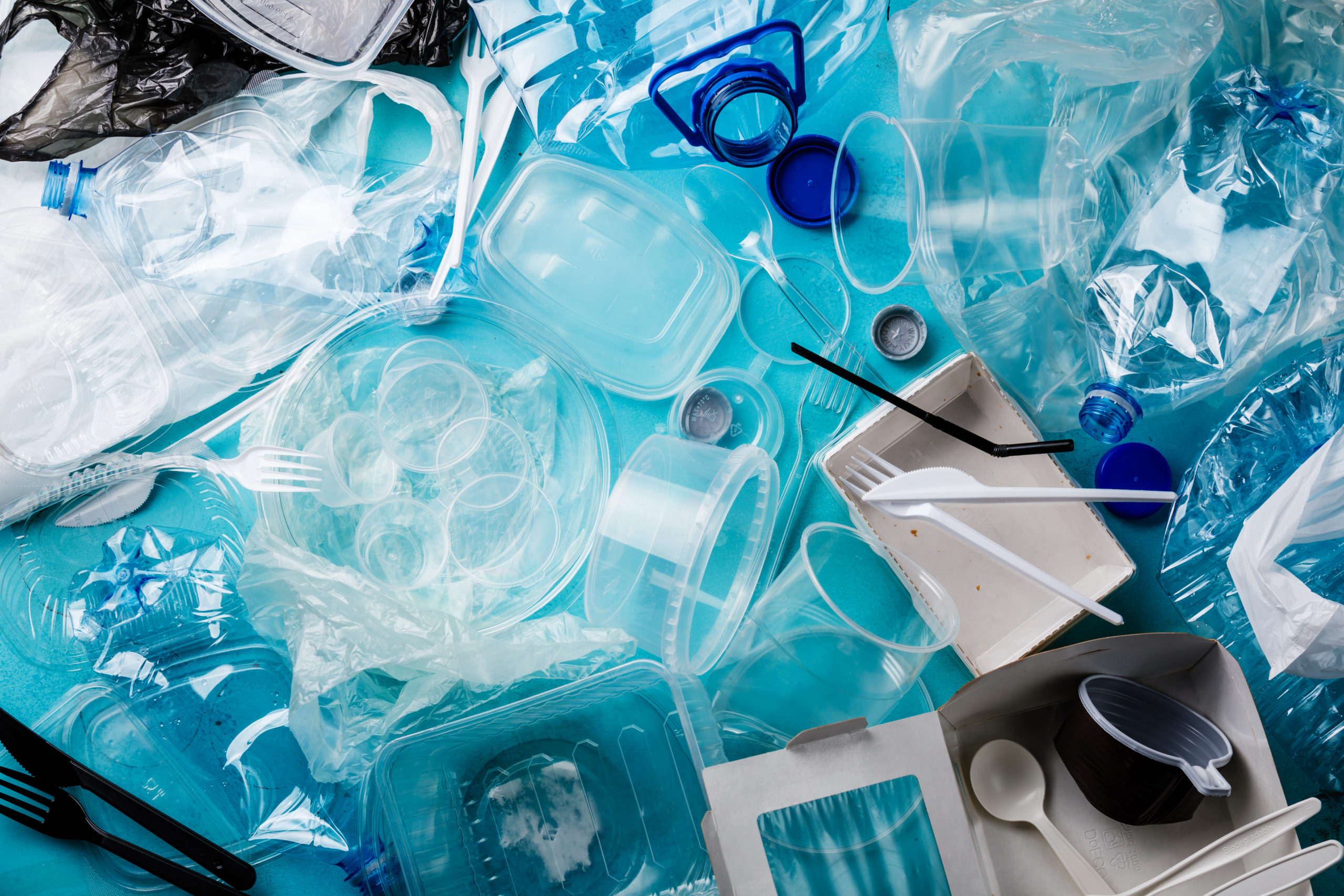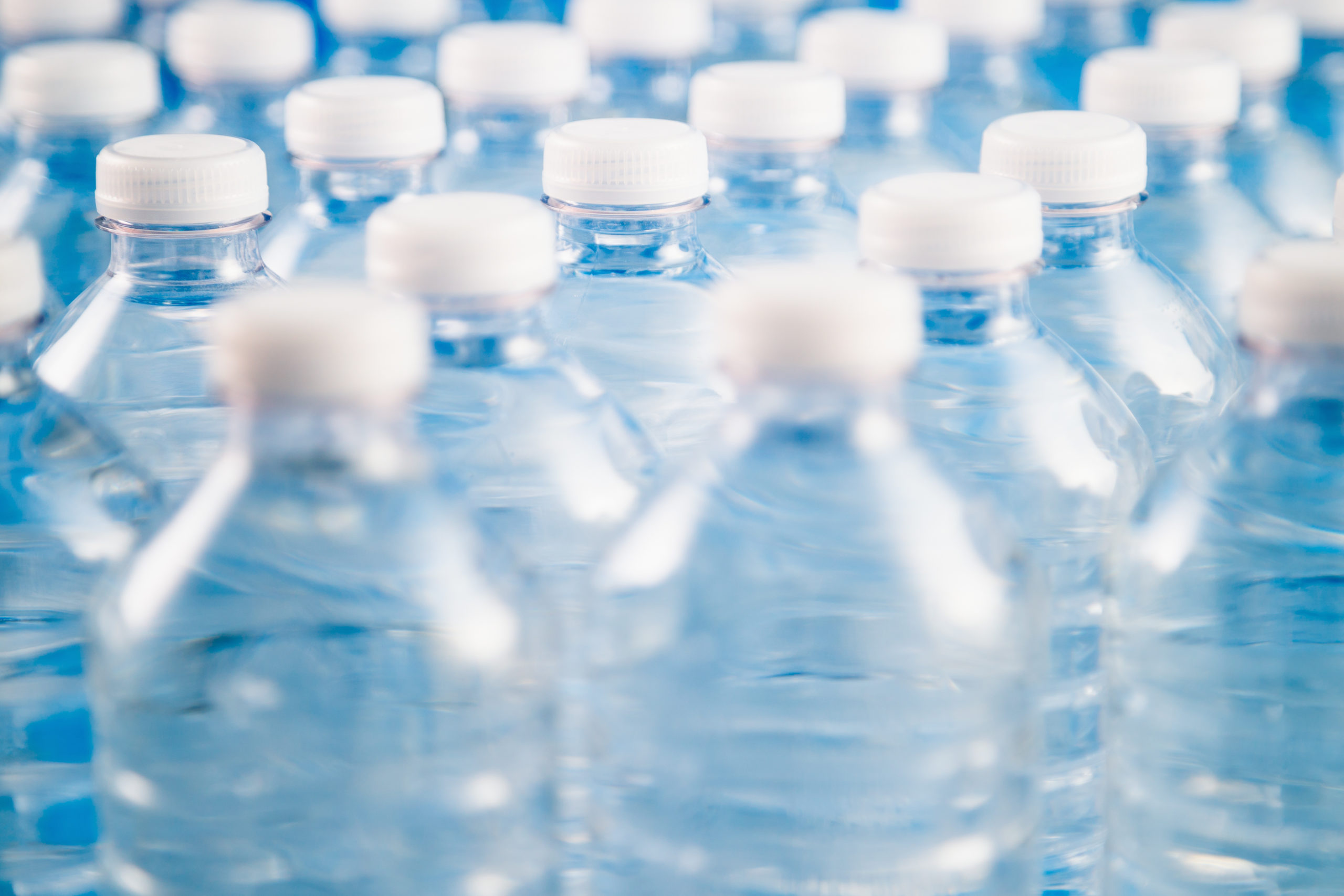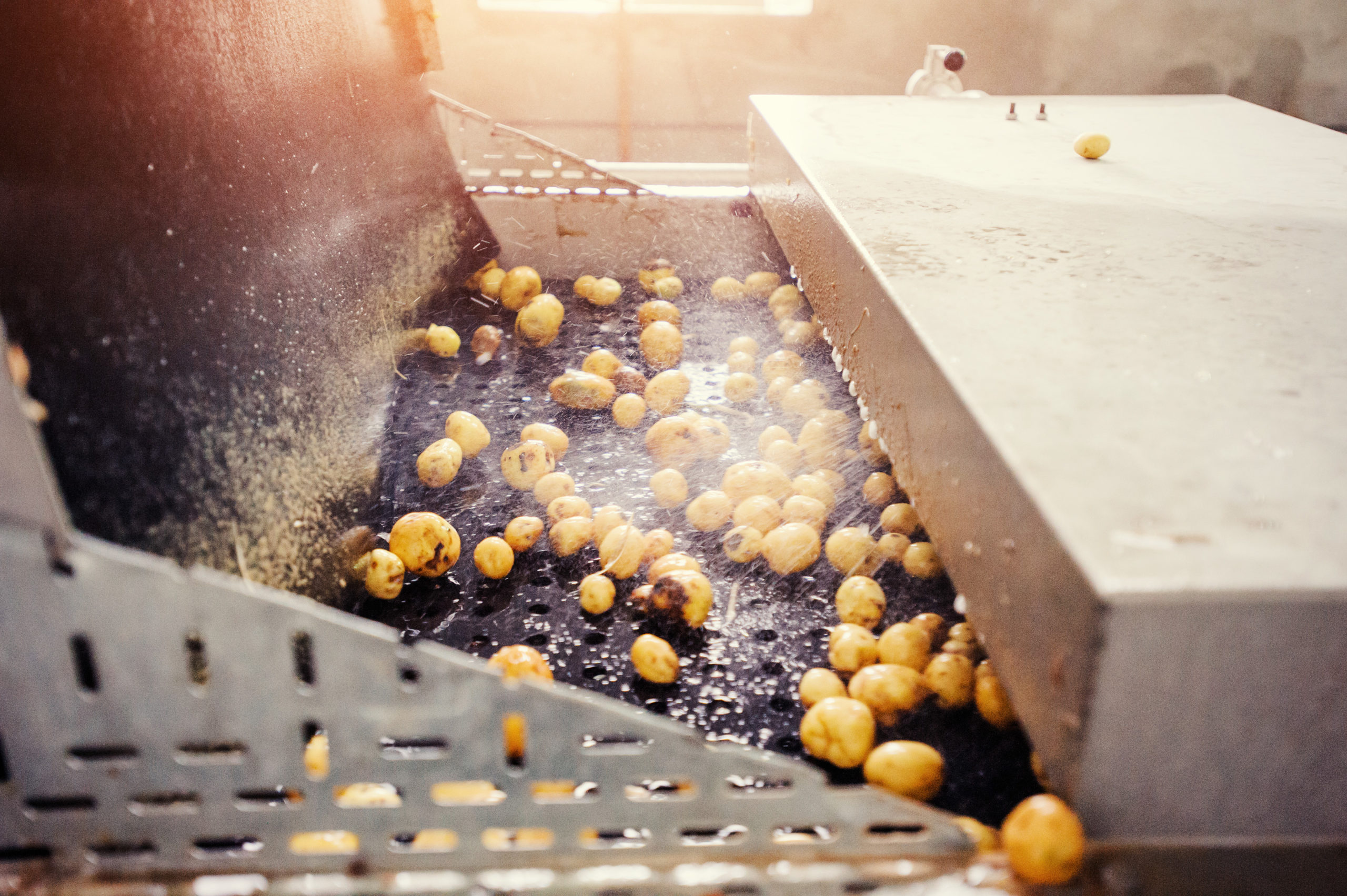NTRODUCTION:
The first bearings recorded in history were likely made of wood or bronze, but modern engineers can choose from a variety of materials ranging from classical choices such as stainless steel to various types of polymers. One modern (and fascinating) bearing material is PEEK. In this article, we will look at five specific characteristics of PEEK that have allowed it to evolve as a popular material for bearings.
What is PEEK?
| PEEK (polyetheretherketone) is semicrystalline thermoplastic known for retaining its functionality at high temperatures and in challenging environments. This includes aspects such as strength, wear resistance, dimensional and structural stability, and chemical inertness. These factors alone have convinced many engineers to switch from traditional bearing materials to PEEK.
PEEK was invented in November of 1978 by UK based company Victrex PLC, and received a US patent in 1982 after being introduced to the US by then Imperial Chemical Industries (ICI). The processing conditions implemented to mold the material influence its crystallinity, or structure, and this results in the superb mechanical and chemical resistance properties of PEEK. |
PEEK Efficiency
PEEK is lightweight and strong, giving it a high strength-to-weight ratio. This means that a metal bearing would weigh significantly more than its equivalent PEEK counterpart. This not only reduces overall weight, but also the inertia of the system, which in turn can increase efficiency.
A Durable Material
By reinforcing PEEK with carbon fibers, its load bearing capacity and dimensional stability are increased. The carbon fibers will increase PEEK’s ability to dissipate heat, reducing the chances of thermal expansion. Such characteristics are vital for bearings in high performance applications, where a slight change in bearing geometry could result in a system failure.
By using PEEK, bearings are better able to withstand high temperatures and corrosion, making it well suited for applications in extreme environments. In fact, PEEK can withstand temperatures up to 662°F!
Plain PEEK has a low coefficient of friction. By adding graphite and PTFE filler, friction can be further reduced. The ability to add such fillers to PEEK can result in self-lubricating bearings with increased wear resistance.
Manufacture
PEEK is compatible with various manufacturing processes, with bearings typically produced using machining and injection molding. Both modern CNC machining and injection molding support the efficient manufacture of high precision, complex parts such as bearings.
Evolution of Bearing Materials
Bearing materials have evolved far beyond wood and bronze. Characteristics such as the potential strength, reduced weight, reinforcement, self-lubrication, and easy manufacture of materials like PEEK continue make them a competitive choice for bearing material design.
Take the next step in bearing design, specific material compatibility should be checked on each application. Advanced EMC provides a free white paper on Advanced Polymer Bearing Design.














